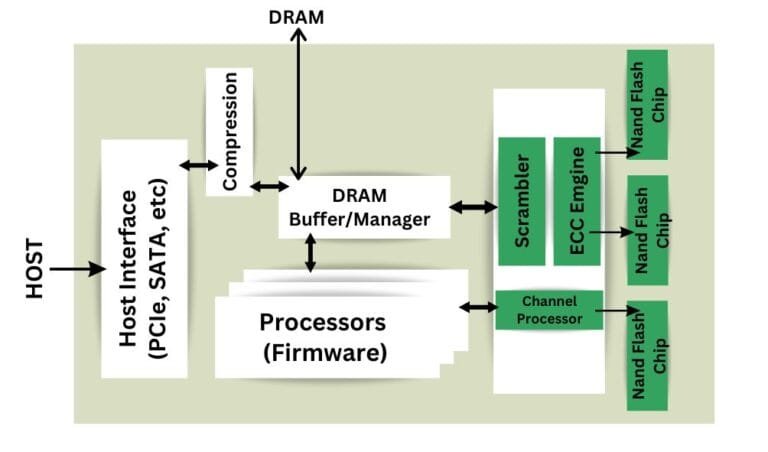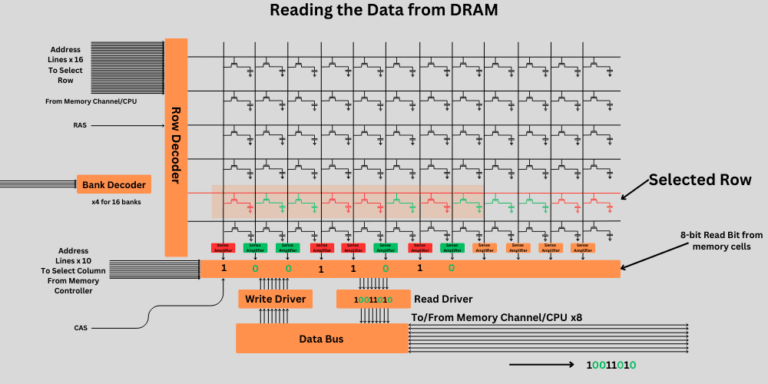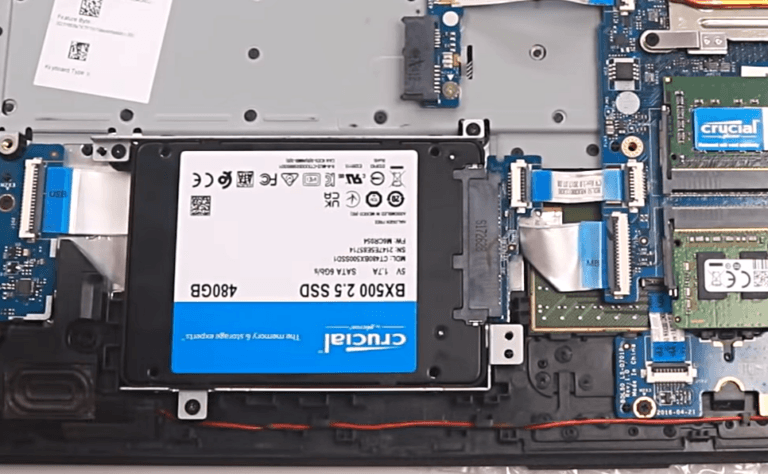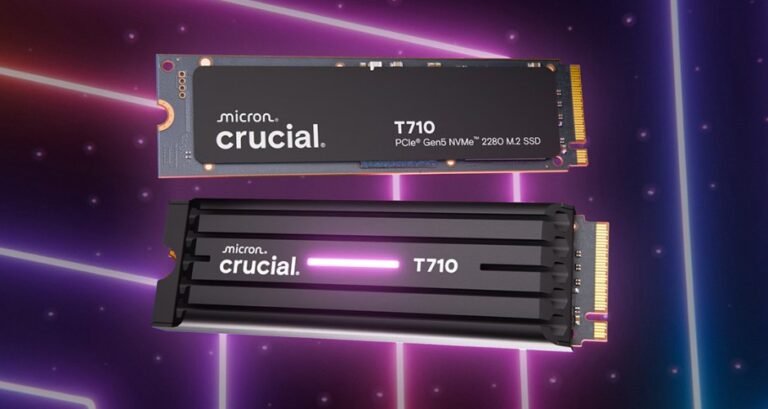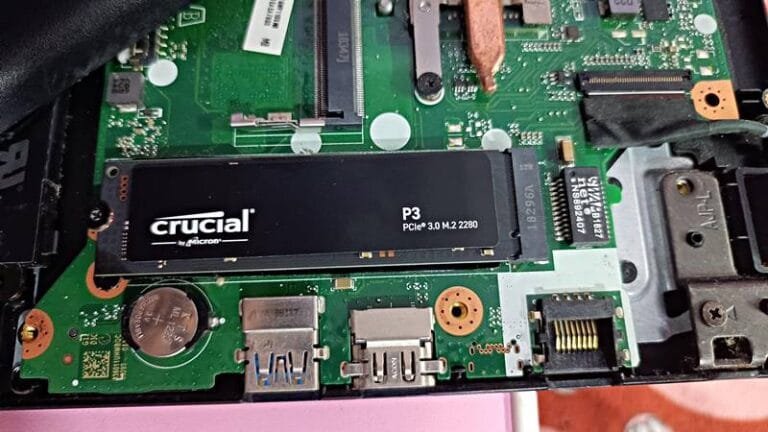Affiliate Disclosure: This post may include affiliate links. If you click and make a purchase, I may earn a small commission at no extra cost to you.
SSD data retention is one of the most talked-about topics in the storage community. This is because neither the manufacturer nor the user knows how long an SSD will last. A more specific question is how long an SSD will retain its data when disconnected from our computer. This question is typically asked by individuals who are familiar with the basics of SSDs. They know that the data is stored in the form of electric charge, which leaks out from memory cells over time. The main argument is that if we don’t power an SSD for a very long time, say a year or two, will the SSD lose all its charge and wipe out all the data?
According to JEDEC standards for consumer SSDs, SSDs that have reached their endurance limits should be able to store data for at least 1 year at 30°C. For enterprise SSDs, the retention period is at least 3 months at a temperature of 40°C.
However, nobody exactly knows how long an SSD will retain its data after it is disconnected from the host system. There are various studies and standards established for manufacturers, which we will discuss in this article.
For consumer-grade SSDs, data retention typically ranges from 1 to 5 years without power under normal storage conditions, i.e., at a temperature of around 30°C. Some manufacturers claim data retention of up to 10 years, but this can be shorter if the SSD is subjected to higher temperatures or if it has been heavily used during its lifespan. At room temperature (approximately 25°C), retention of up to 1 year is considered reliable; however, at higher temperatures (30°C or above), data may only last a year or less.

No Specific Studies on SSD Data Retention without Power
Most articles on this topic on the internet provide general information and periods of data retention, primarily based on JEDEC standards. Unfortunately, there are no specific studies where SSDs have been placed in an idle state without power and then checked for accuracy and overall data retention. There are some standard numbers that we can consider for our benefit. However, you can’t trust them blindly and put any sensitive data at risk of permanent loss. Some studies have discussed different time frames for data retention, which I will highlight in the upcoming section. However, there is no specific study on this topic.
JEDEC SSD Standards for Data Retention
According to the latest JEDEC specifications for SSDs released in 2020 (JESD218C), a consumer SSD must retain the data for 1 year at 30°C.

According to this paper, a consumer SSD stored at 40°C will retain data for around 1 year. However, at 55°C, the retention period drops significantly to just weeks. However, these are just numbers specified by the JEDEC for the manufacturers. The actual data retention period without power will depend heavily on the condition of your drive. Additionally, these numbers pertain to drives that have written almost to their endurance ratings.
Talking about the charge leakage
The smallest memory unit in an SSD is a transistor. It could be either a Floating Gate transistor or its advanced version, called Charge Trap Flash. The data is stored in bits, each representing an electric charge. A single cell can hold multiple bits of data. Inside the SSDs, which utilize floating gate technology, the charge is stored in a conducting layer that is then insulated by a dielectric material. This layer is between the gate and the body of the transistor. In the charge trap flash, everything remains the same except that a non-conductive material replaces the floating gate. This material is more effective at holding a charge by storing it in discrete locations, rather than in a single material.
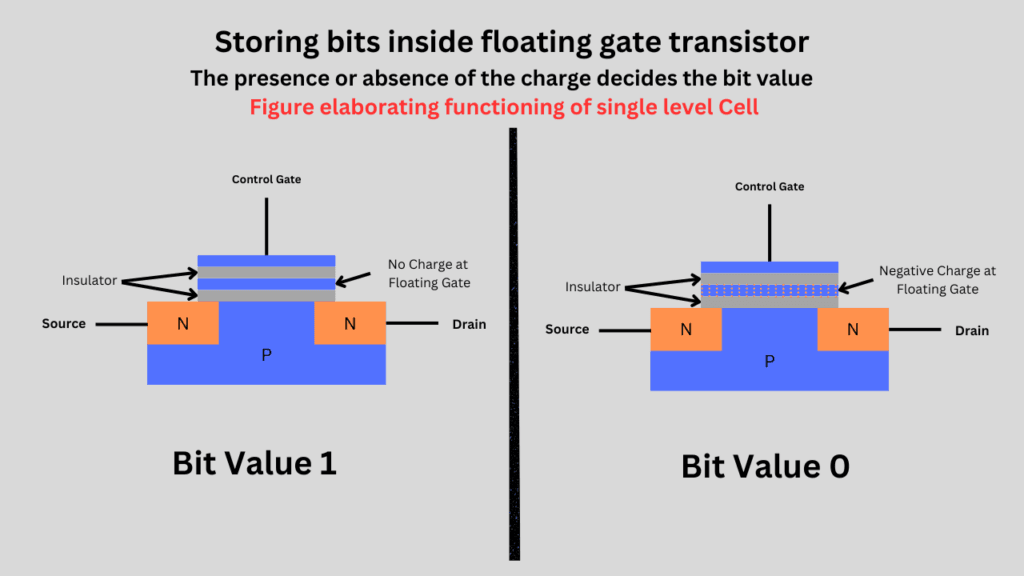
However, regardless of the material and storage technology used, NAND flash memory is prone to data loss due to this charge leakage. The amount and speed of this leakage would determine an SSD’s data retention capabilities. If the SSD has aged, the insulating material around the gate would allow the pass to leak easily. However, a new SSD will hold the data much more effectively. Read more about how SSDs store data without power.
What determines an SSD’s data retention capabilities in the absence of power?
1. NAND Flash Type
As we discussed earlier, the type of floating gate material used i.e. Floating Gate (2D) or Charge Trap (3D NAND) would determine an SSD’s data retention capabilities. However, the number of bits stored per cell would also have a significant impact on data retention. SLC SSDs have the best data retention capabilities. After that comes MLC, followed by TLC, and then QLC, with the lowest retention capabilities. You can read more about it in this study. With the increasing number of bits stored per cell, data integrity is reduced due to the multiple levels of discrete voltage levels.
SLC typically retains the data for up to 10 years without power under normal conditions.
2. Age of SSD and usage
If the SSD is used for an extended period before being kept idle without power, its data retention capabilities will be significantly less than those of a new SSD. If you have performed excessive write operations on your drive, it may cause significant degradation to the memory cells. This impacts a cell’s ability to keep the charge in its place. The data retention in this case will be reduced significantly in the case of the floating gate cells. The charge trap layer can hold the data much more effectively compared to the floating gate, even if the cells have degraded by heavy usage.
The reason a cell loses its ability to hold a charge after heavy usage is inherent in its design. To keep the charge stored inside the floating gate or charge trap, an insulation layer is provided around it. However, when the controller writes a bit or bits to this cell, it must bypass this insulation layer. Every time the charge passes through this layer, it degrades or wears it slightly. So, the total number of write operations or P/E cycles will have a significant role in how effectively an SSD will retain its data without power.
3. Temperature
The charge inside a NAND flash memory cell can remain stable if the temperature is generally between 0 and 30°C. With higher temperatures, the charge can become excited due to the external heat component. This would significantly reduce an SSD’s data retention capability. Studies suggest that for every 10°C increase in temperature, the retention time of NAND cells can roughly halve. However, no manufacturer will guarantee such exact numbers because they depend on factors such as wear level, write cycles, SSD design, and others.

According to the same JEDEC guidelines we discussed above, the ideal temperature for the highest data retention in consumer SSDs is around 25°C. An SSD can hold data for 105 weeks at this temperature. According to this study on SSD data retention in 3D NAND Flash memory, an observation was that for every 10°C increase in temperature, the retention time can decrease by a factor of 2.
4. Manufacturing Quality
If the SSD is manufactured with poor quality control and cheap materials, it will generally have poor data retention capabilities.
5. Controller and Error Correction
The controller and ECC algorithms may not have any direct impact on data retention when the SSD has no input power, but they have a significant role in how the data is stored in each cell. Before an SSD is powered off, the controller and ECC work together to ensure that data is written, stored, and can be read correctly without errors.
How long is the data retained without power?
Consumer SSDs typically use TLC and QLC NAND flash, and this drive can retain data for between 1 and 3 years without power. We imagine that the drive is still new. Because it varies depending on your SSD’s age, cell type, temperature, and manufacturing process, you cannot simply predict it. Let’s discuss what you can expect from an SSD.
SSD data retention (without power) based on cell type
If you ever have to choose an SSD for maximum data retention capabilities, make sure to select one with the fewest bits stored per cell. The SLC and MLC are not available for consumer markets, but between TLC and QLC, it is always best to pick TLC.
| NAND Cell Type | Data Retention (without power) | Endurance (P/E Cycles) |
|---|---|---|
| SLC (Single-Level Cell) | 10+ years | 100,000+ |
| MLC (Multi-Level Cell) | 3-5 years | 3,000 – 10,000 |
| TLC (Triple-Level Cell) | 1-3 years | 1,000 – 3,000 |
| QLC (Quad-Level Cell) | 1 year or less | 100 – 1,000 |
SSD Data Retention and Usage (Wear Level)
The data retention period we discussed above is generally applicable to SSDs with low wear. So, even if your SSD is an MLC and has surpassed 50% of its P/E cycles, its data retention capabilities will be reduced to more than half of the original. This will happen for all kinds of SSDs. However, if your SSD is TLC or QLC and its wear level has reached near the end of its limits, you should not use it to store any critical data without power. Some worn-out SSDs can even start to lose their data just within a week.
| Usage Condition (Wear Level) | Data Retention (Years) |
|---|---|
| New/Light Usage (Low Wear) | 5-10+ |
| Moderate Wear (50% life used) | 1-3 |
| High Wear (Near End-of-Life) | <1 |
According to this study, again, the reduction in retention is more severe in TLC NAND after just 20-30% of the rated P/E cycles.
SSD Data Retention Variations in 2D vs 3D NAND Flash
| NAND Type | Data Retention Time (Without Power) | Factors Influencing Retention |
|---|---|---|
| 3D NAND | 5 – 10 years (for MLC/TLC), 10+ years (for SLC) | – Charge Trap Cell architecture reduces charge leakage – Higher endurance improves retention – ECC effectiveness |
| 2D NAND | 1 – 5 years (for TLC/QLC), up to 10 years (for SLC) | – Planar structure is more prone to charge loss – Limited scalability affects retention |
The 3D NAND flash with charge trap flash (which is most common these days) has better data retention capabilities as compared to the older 2D floating gate transistor technology. Due to the higher endurance of each cell and its ability to absorb charge in discrete locations, these SSDs can retain the charge for extended periods without power. Samsung has its marketing name for 3D flash called V-NAND, which also has better retention capabilities compared to the 2D planar NAND flash.
How to increase the data retention period?
In the consumer SSD market, you have two options to choose from for the cell type, i.e., TLC and QLC. TLC generally has better data retention capabilities than QLC NAND Flash. Make sure to select the SSD with charge-trap (3D) flash technology instead of the floating gate (2D). Then comes a good controller and DRAM. Additionally, an SSD with high TBW will also exhibit good endurance in the power-off state.
However, the storage temperature of your SSD is the most important thing here. Ensure your SSD is kept at a temperature below 40°C. Choose SSDs with ECC. Additionally, in my opinion, the best way to refresh the SSD is to connect it to your computer occasionally. You can also run the TRIM command to make sure everything is optimized correctly. You can then unplug the drive again.
If you plan to use an SSD for long-term data storage, it is advisable to choose a new SSD rather than an old and used one.
Which is best for long-term data storage: HDD or SSD?
Hard Drives are considered better than SSDs for long-term or cold data storage. Because the data is stored on magnetic platters in the form of magnetic fields, it is less prone to decay than the electric charge in SSDs.
According to this study, SSDs typically have a data retention period of about 3-5 years when powered off, mainly depending on the type of NAND flash used. The hard drives, on the other hand, can retain the data for 10 years or more under optimal conditions, assuming they are kept in a stable environment.
Another study says the same thing for HDDs with less data retention period for SSDs i.e. 1-2 years.
Hard drives can retain data more effectively when powered off because magnetic storage is less susceptible to environmental noise compared to charge-based storage systems. Also, the materials used in magnetic drives (typically ferromagnetic materials) are highly stable chemically. On the other hand, the semiconductors used in solid-state drives have the inherent property of charge leakage over time.
Both SSDs and HDDs employ ECC, which is effective in long-term storage. However, HDDs can retain data for longer due to their different operational principles.
However, this doesn’t mean you can’t use an SSD for long-term storage. Modern SSDs can keep the data for years without degradation, provided that the drive is new and you have kept it in a cool environment (generally at 30 to 40°C). But, overall, Hard Drives have better theoretical data retention capabilities without power.


